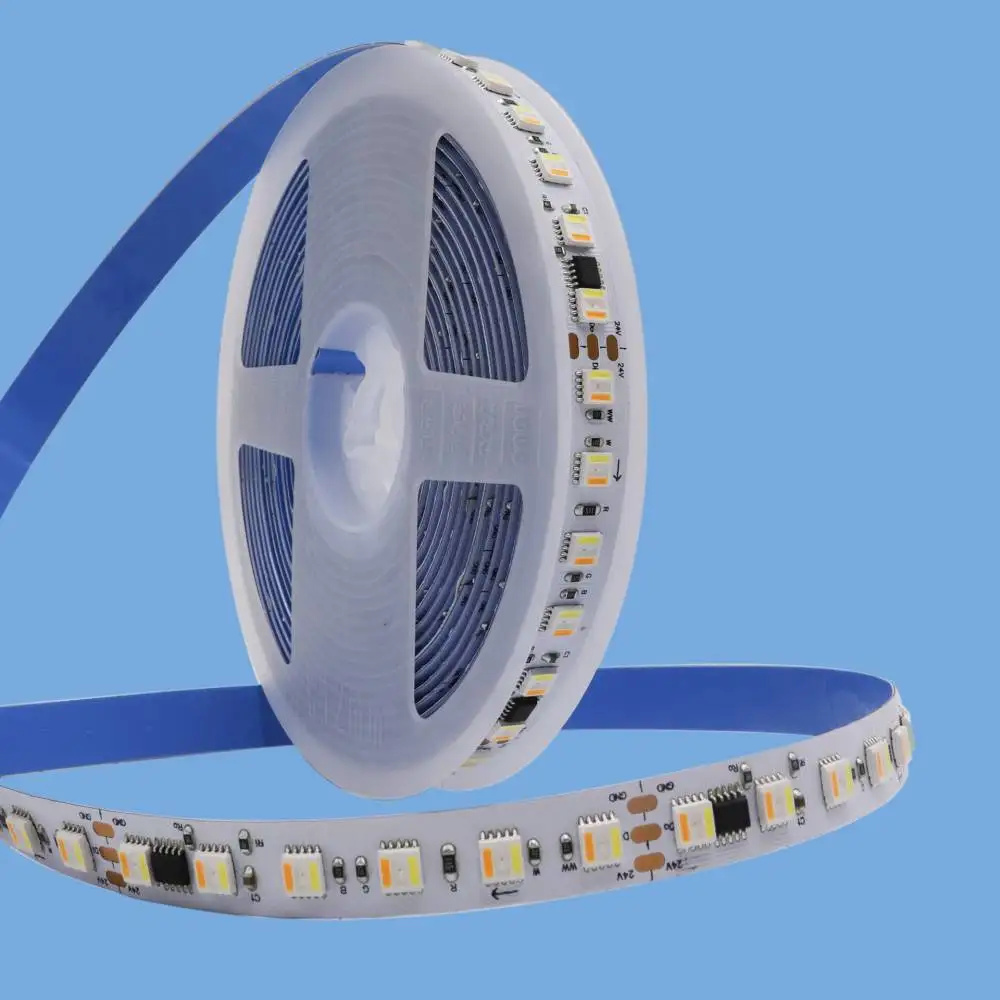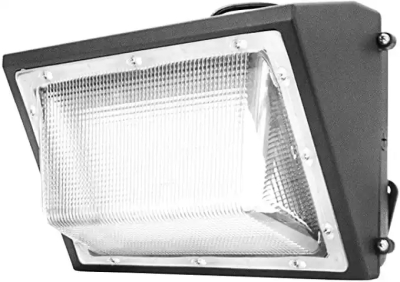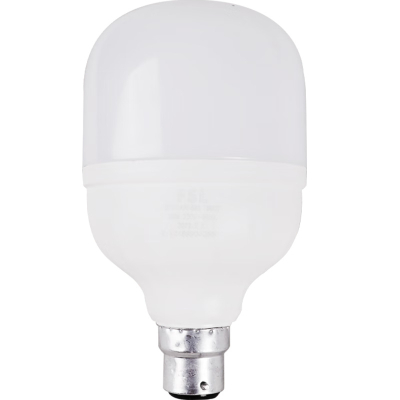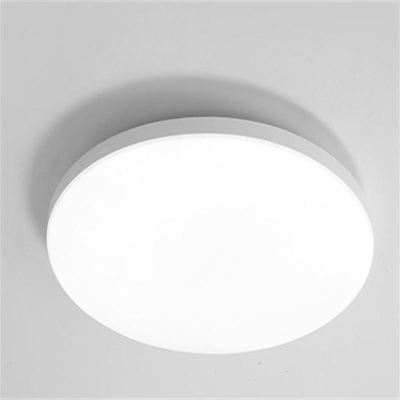Industrial Strip Lights
Industrial strip lights are a type of linear lighting fixture that is widely used in industrial settings. They provide a long, continuous source of illumination and are designed to meet the specific lighting requirements of factories, warehouses, workshops, and other industrial facilities.
The housing of industrial strip lights is typically made from durable materials to withstand the rigors of an industrial environment. Aluminum alloy is a common choice due to its excellent strength, lightweight nature, and good heat - dissipation properties. The aluminum housing can also resist corrosion, which is important in settings where there may be exposure to chemicals, moisture, or other corrosive substances.
The shape of the housing is usually long and narrow to accommodate the linear arrangement of light sources. It often has a sleek and functional design with a smooth surface to prevent the accumulation of dust and debris. Some industrial strip lights have a sealed housing to protect the internal components from dust, water, and other contaminants. The housing may also have mounting brackets or channels built - in to facilitate easy installation on walls, ceilings, or other surfaces.
The light source in industrial strip lights is usually a series of LEDs (Light - Emitting Diodes). LEDs are highly preferred for industrial applications because of their energy - efficiency, long lifespan, and high - quality light output. The LED chips are mounted on a long printed circuit board (PCB) that runs the length of the strip light. The number and arrangement of LEDs can vary depending on the desired brightness and the specific lighting needs of the application.
The color temperature of the LEDs can be adjusted to suit different industrial tasks. For example, a cooler - white light (around 5000 - 6500K) is often used for areas where high - visibility and accurate color perception are required, such as in inspection areas or workstations. Warmer - white LEDs (around 2700 - 3000K) can be used in areas where a more comfortable and less harsh light is desired, such as in break rooms or storage areas.
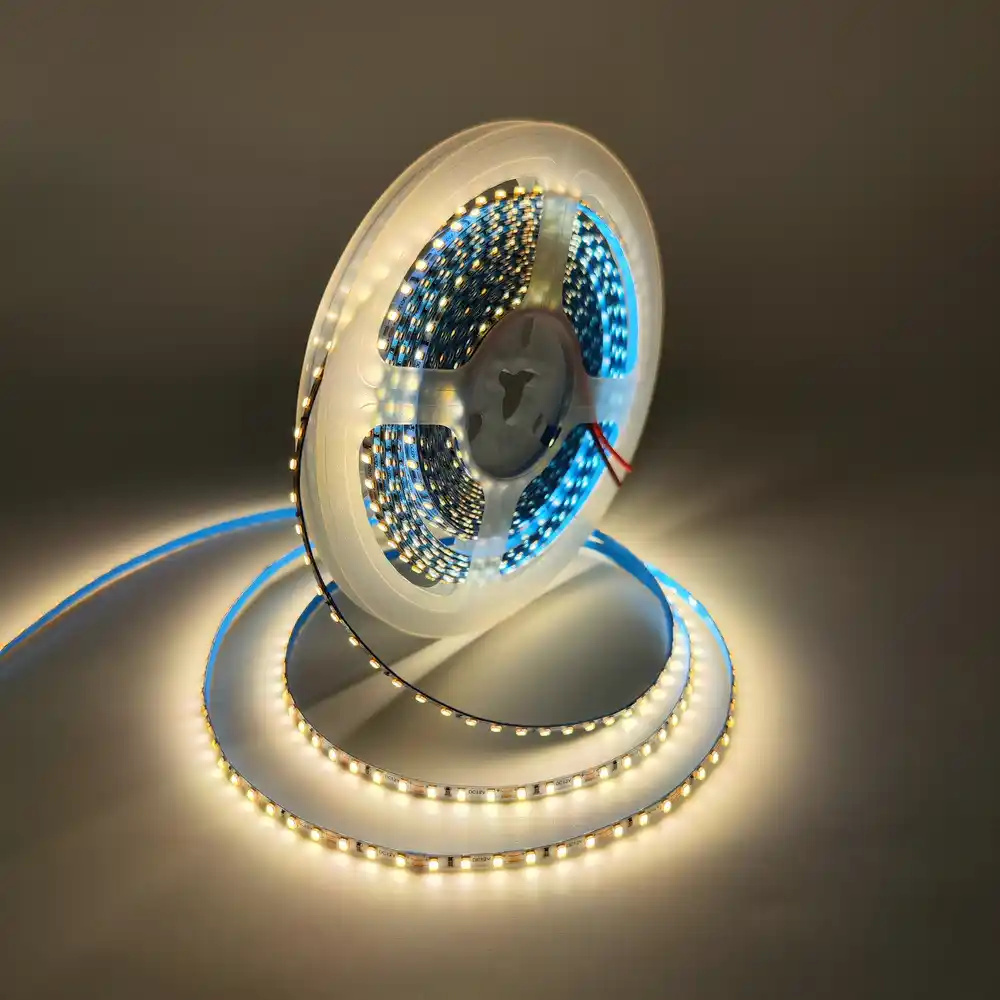
To optimize the light output and distribution, industrial strip lights incorporate optical components. A diffuser is a common element that is used to spread the light evenly along the length of the strip. The diffuser is usually made of a translucent material such as polycarbonate or acrylic. It helps to reduce glare and create a more uniform illumination pattern, which is essential for preventing eye - strain and ensuring a well - lit work environment.
Some industrial strip lights also have lenses or reflectors to further shape and direct the light. These optical elements can be used to focus the light in a particular direction or to widen the beam angle to cover a larger area. The design of the optics depends on the specific lighting requirements of the industrial space, such as whether the light is needed for general area lighting, task lighting, or highlighting specific objects or equipment.
Inside the housing of industrial strip lights, there are several important electrical components. A driver circuit is used to convert the input AC voltage from the power supply to the appropriate DC voltage and current required by the LED module. The driver also provides functions such as over - voltage protection, over - current protection, and dimming control.
The wiring within the strip light is carefully insulated and routed to avoid any electrical hazards. The connections between the LED module, driver, and other components are made through reliable connectors and terminals to ensure a stable electrical supply and proper operation of the light. Some industrial strip lights may also have additional features such as emergency backup lighting or the ability to connect multiple strip lights in a series or parallel configuration for more complex lighting setups.
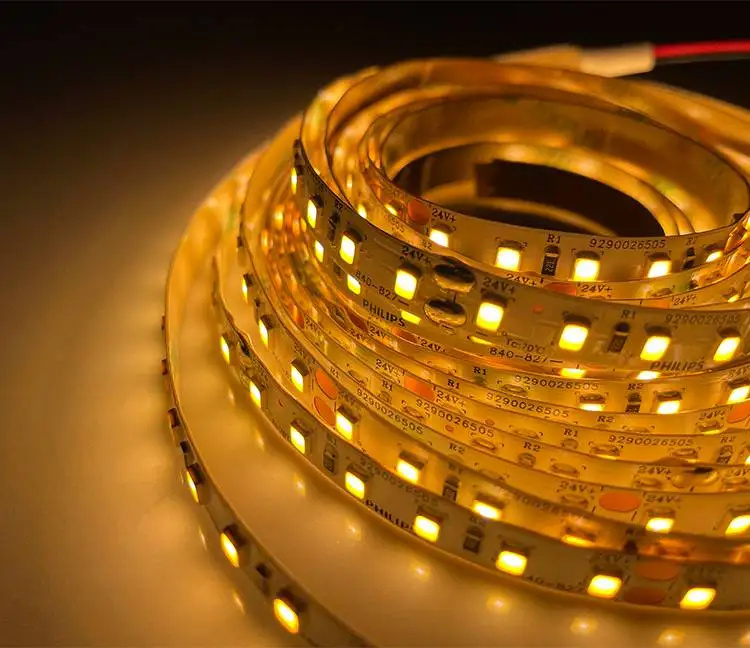
When the industrial strip light is connected to a power source, the AC voltage is fed into the driver circuit. The driver converts the AC voltage to the specific DC voltage and current needed for the LED module to operate.
The LEDs on the PCB then emit light through the process of electroluminescence. The light rays are directed and shaped by the optics and diffuser. The resulting light is emitted in a linear pattern along the length of the strip, illuminating the area below or in front of the light. The even distribution of light provided by the strip light makes it suitable for lighting large industrial spaces or long workbenches.
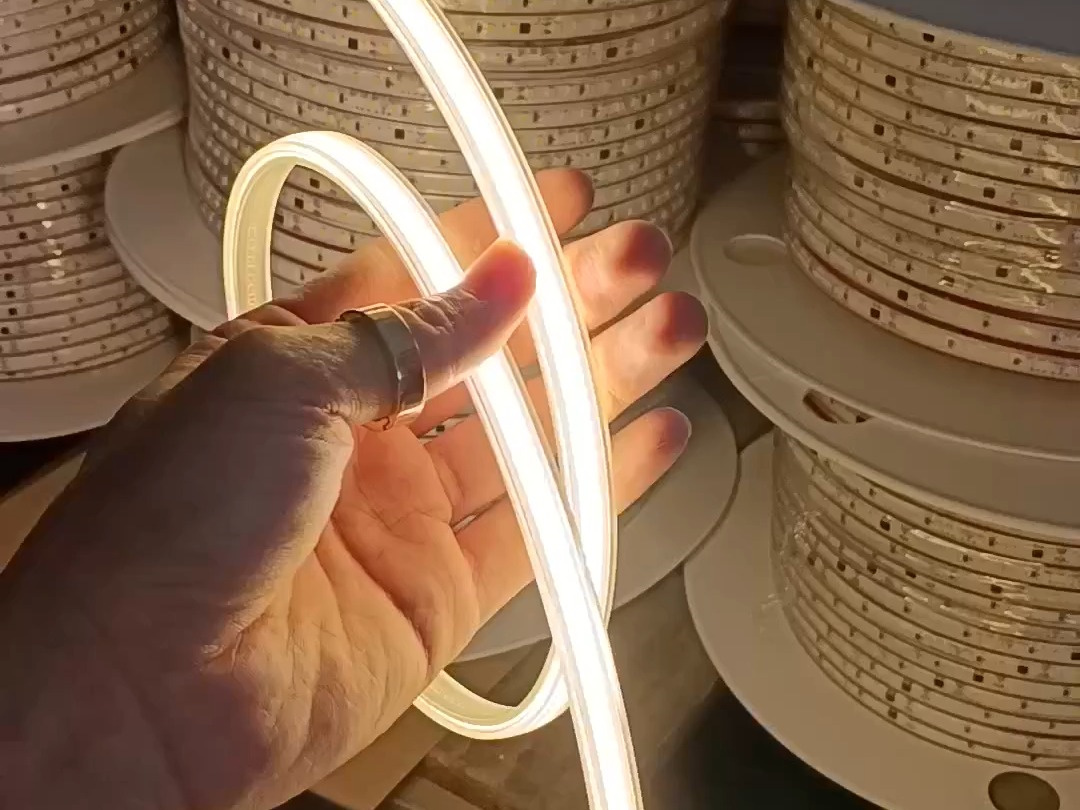
The linear design of industrial strip lights allows them to provide continuous illumination over a long distance. This makes them ideal for lighting long aisles in warehouses, production lines in factories, or workstations that are arranged in a row. The long - length illumination helps to reduce dark spots and provides a consistent lighting environment.
LEDs used in industrial strip lights are highly energy - efficient. They consume less electricity compared to traditional lighting sources such as fluorescent tubes or incandescent bulbs. This energy - efficiency not only reduces energy costs but also contributes to a more sustainable industrial lighting solution.
With their durable housing and long - lasting LED light sources, industrial strip lights require less maintenance. The robust construction can withstand the vibrations, impacts, and harsh conditions often found in industrial settings. The long lifespan of LEDs means that the strip lights do not need to be replaced frequently, saving both time and money on maintenance.
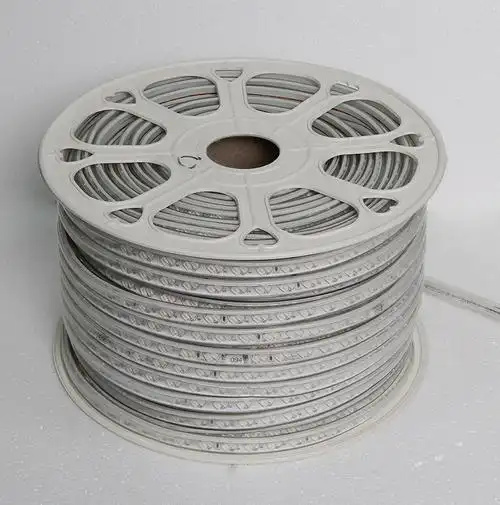
In factories, industrial strip lights are used to illuminate work areas, assembly lines, and storage spaces. They provide the necessary light for workers to perform their tasks safely and efficiently. In warehouses, they are used to light up aisles and shelving areas, making it easier to locate and access goods.
In workshops and garages, industrial strip lights can be installed above workbenches, tool storage areas, and vehicle repair bays. The bright and even illumination helps mechanics and technicians to see clearly and work accurately.
In clean - rooms and food - processing facilities, the sealed design of industrial strip lights and their ability to provide a clean and even illumination are highly beneficial. They can meet the strict hygiene and lighting requirements of these environments, ensuring the safety and quality of the products being produced.

